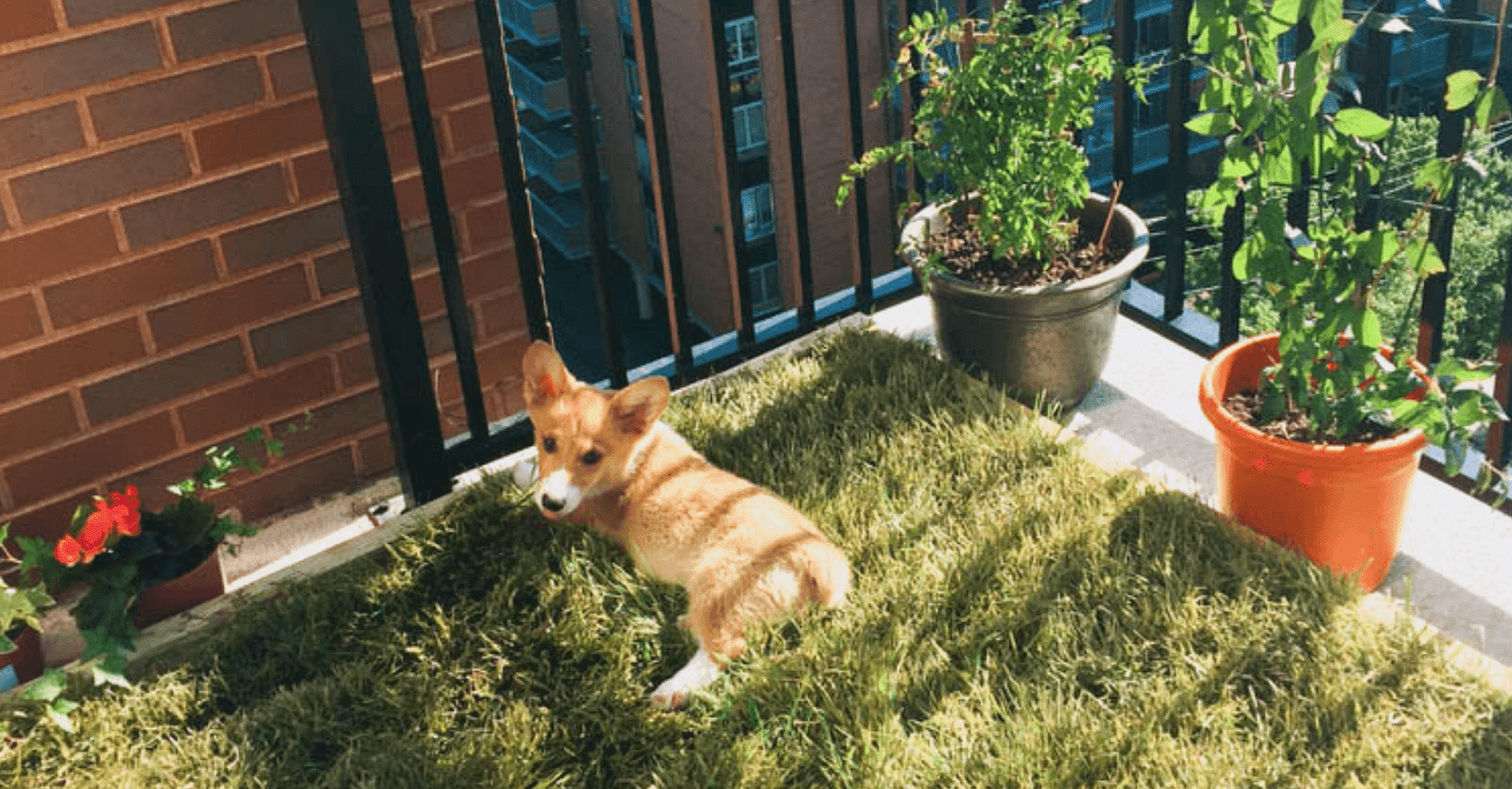Knowing if your domestic dog will develop separation anxiety could not possible. However, being proactive is one of the friendly approaches to dealing with separation concern before it gets out of control. Even if your dog already struggles with separation anxiety, it’s never too late to begin growing habitual and changing behaviors to make being apart more straightforward. It would help if you did the following essential things to deal with separation anxiety in dogs. Acknowledge that your dog is stressed by his feelings of separation and insecurity: When a pet goes missing, it is normal for them to feel tense, anxious, and unsettled.
Actively look for and put up with him when he returns home, even if it’s not where he was first left. This will help him understand that things are always going well when they are together. Make a noise when you leave the room, so your dog knows nothing is wrong. When a pet goes missing, it is normal for them to feel tense, anxious, and unsettled. Actively look for and put up with him when he returns home, even if it’s not where he was first left. This will help him understand that things are always going well when they are together.
Make a noise when you leave the room, so your dog knows nothing is wrong. When a pet goes missing, it is normal for them to feel tense, anxious, and unsettled. Actively look for and put up with him when he returns home, even if it’s not where he was first left. This will help him understand that things are always going well when they are together. Make a noise when you leave the room, so your dog knows nothing is wrong. Talk to your pet before you leave: Tell them where you’re going and when you plan on returning. You can also change your routine without telling them they won’t feel anxious about your absence. Good luck with the transition, and remember to watch for anything unusual or out of the ordinary when you return!

Is separation anxiety preventable?
A few dogs are predisposed to developing tension due to their personalities, genetics, or beyond experiences. But that doesn’t imply that it’s a hopeless situation! Separation anxiety may be managed and even prevented if some simple steps are implemented early on. To get a dog that doesn’t experience fear, you should find one that is calm and has a good temperament. If you select your puppy from a shelter or rescue center, talk to the employees about what kind of temperament they think will work best for your canine. If you are concerned that your dog may suffer from separation anxiety, talk to the company to learn more about their thoughts. Many shelters and rescues offer classes that might be helpful in helping your canine feel secure.
Tips to help your dog become less anxious and develop a relaxed temperament: Play with your pet daily. This will help strengthen the relationship you share and keep them happy. Create a predictable routine. You should establish a bed, food, and water location in this area of your home where your pet spends time every day. This will make it easier for them to adjust when you have to leave them for more extended periods, like at daycare or on walks. Avoid doing anything that makes things more difficult for your pet when you go home for long periods, like feeding your pet, leaving water in their dish, or not providing a bed. Sometimes community members are unsure how to manage their relationship with their pets. A great way to strengthen the bond is to make a routine that your pet enjoys and therefore feels more comfortable when you leave them.
How do you prevent separation anxiety in dogs?
Please don’t get caught up in the drama: one of the simplest things paw-rents can do is to not play into their puppies’ fears when you go away — whether or not it’s for a trip to the shop or a week. Long vacation — continue to be as calm as viable. Avoid dramatic goodbyes, which most effectively exacerbate your domestic dog’s tension. Depart as you will any day of the week without the teary farewells. In addition, don’t greet your dog with exaggerated exhilaration. That doesn’t mean you can’t be satisfied with seeing your dog, but keep off on focused interest until after putting down your things, the groceries, or the conversion into comfy clothes. If you are uncertain how to train your dog, ask for professional or vet advice. Paw renters can make time for themselves by not getting caught up in their puppies’ drama. One of the simplest things paw-rents can do is not to get caught inside the emotions of their pet dogs. When you go away — whether or not it’s for a trip to the shop or a week, avoid dramatic goodbyes because this will only worsen your pet dog’s anxiety. Befriend other pets. If you are the only pet dog owner, it is a good idea to befriend other pet dogs in your community to mix and mingle with new pals who can help care for one another. This will allow you to spend more time doing activities for yourself, like reading a book or taking an afternoon nap.
Timetable walks and playtime: Like human youngsters, an enthusiastic play shes will help your dog launch energy and relax. Additionally, since dogs are creatures of addiction, often taking your fur toddler out for a walk earlier than you go away allows them to mentally prepare for your absence and study that it’s undoubtedly a part of their everyday ordinary rather than a surprising and scary trade.
Make “me-time” fun:
1.Make being by myself an exciting prospect instead of frightening.
2.Offer snacks and toys your doggy enjoys as a “deal with” for being an awesome doggie while you’re gone—a substitute. You can provide an interactive toy packed with their standard faves.
3.If your canine already struggles with separation anxiety, use interactive toys a deal with naturally calming elements.
Offer all necessities: similarly to all their traditional candies, like their favored treats and toys, your fur baby must also have access to an indoor canine potty and preferred resting spaces. Keeping dogs entertained even as the humans are away is crucial, but it’s equally vital that they get admission to the things that provide them comfort and a sense of habit. Puppies are routine creatures, and not being capable of taking naps from their traditional spots or using the dog bathroom in certain instances can cause tension. If your pup is familiar with going potty exterior, a natural grass pee pad can help them adjust to going potty interior.
While separation tension can sense like a no-means-finishing cycle, there are ways to help reduce its impact. It can be a gradual but profitable procedure that will bring about brighter days for you and your dog! 1. Teach your dog to offer a calm “drop it” request. This helps control separation tension and strain. Teach your canine to drop toys, blankets, bones, or stuffed animals in its paws when you provide a quiet cue (e.g., “drop it”) and reward the pet with reinforcement for remaining calm and exhibiting a peaceful-based behavior (e.g., sitting quietly).2. Engage the area of greater sensitization within the pet’s brain such as your left hand as opposed to your right hand when playing tug/chase games. You’ll be able to use the left hand on your dog’s head or neck and gently show your pet how to offer a calm “drop it” request when you are done playing with them.

3. Hold onto your canine for a brief period following playtime so that they’ll get used to the feeling of being held by you and to reduce their levels of stress and anxiety.4. When your dog is in a learned state where they exhibit calming, peaceful-based behaviors as a result of the training you’ve done together with them, reward them when you can notice and reinforce them! 5. Keep your training sessions short to lessen the instances of anxiety, frustration or aggression that could be encountered when your pet is tired.
Reducing Weight Management Challenges:
- Build a strong bond with your pet as this will help them enjoy staying with you and wanting to participate in positive training methods with you
- Use positive reinforcement techniques during small-scale training sessions rather than food rewards– these are much more effective at changing behavior and less likely to lead to weight gain
- If weight management becomes a challenge, remove high-calorie treats from the equation for
- Engage the area of your pet’s brain that handles emotional regulation- this area helps with weight management. It is also associated with the problem-solving process of creating a plan to decrease caloric intake.
Appropriate diet:1. Feed your dog a grain-free diet, but allow them to have small amounts of fresh vegetables in their food 2. Remember to include omega three fatty acids in your pet’s meals- fats found in salmon, flax seed, pumpkin seeds, and walnuts 3. Avoid foods with too high protein content as these can be harder for the body to break down 4. Try a meet- or even better- homemade diet to help keep your dog on a healthy regime. Please enable JavaScript to view the comments powered by Discus.



